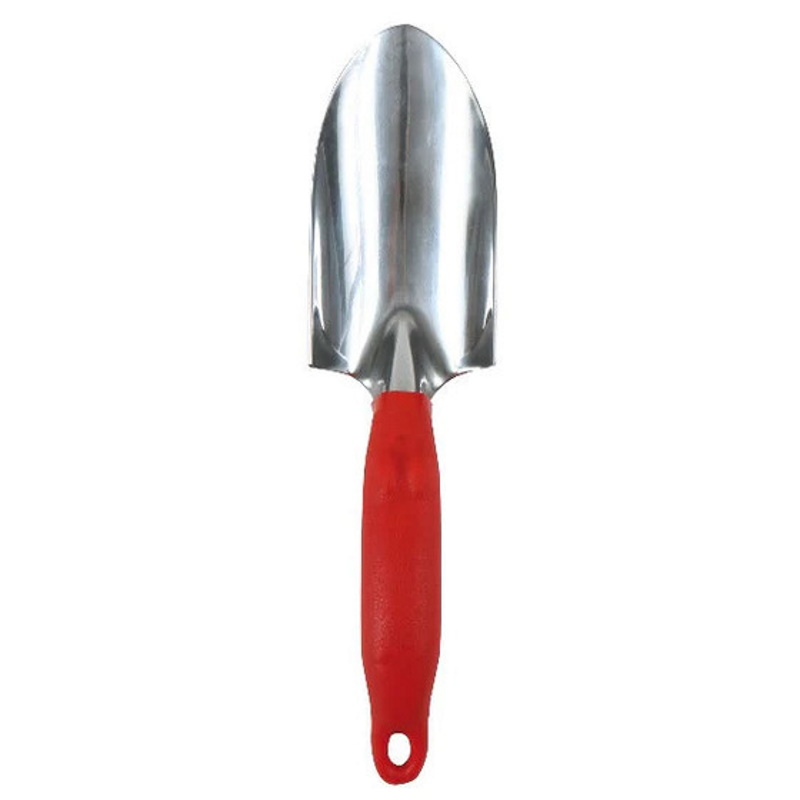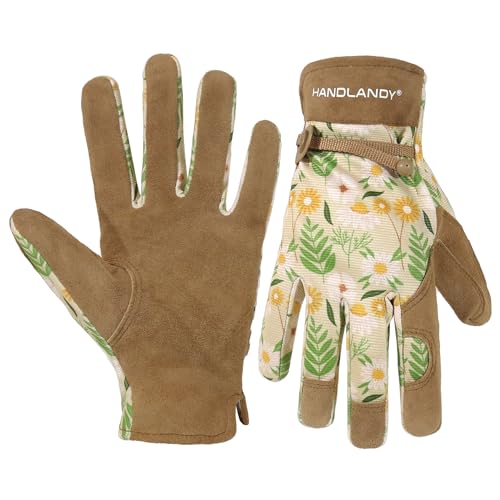7 native perennials to plant in April – for glorious flowering displays to attract bees, butterflies, and hummingbirds
Discover some of the best perennials to plant in April to make your garden a hotspot for wildlife
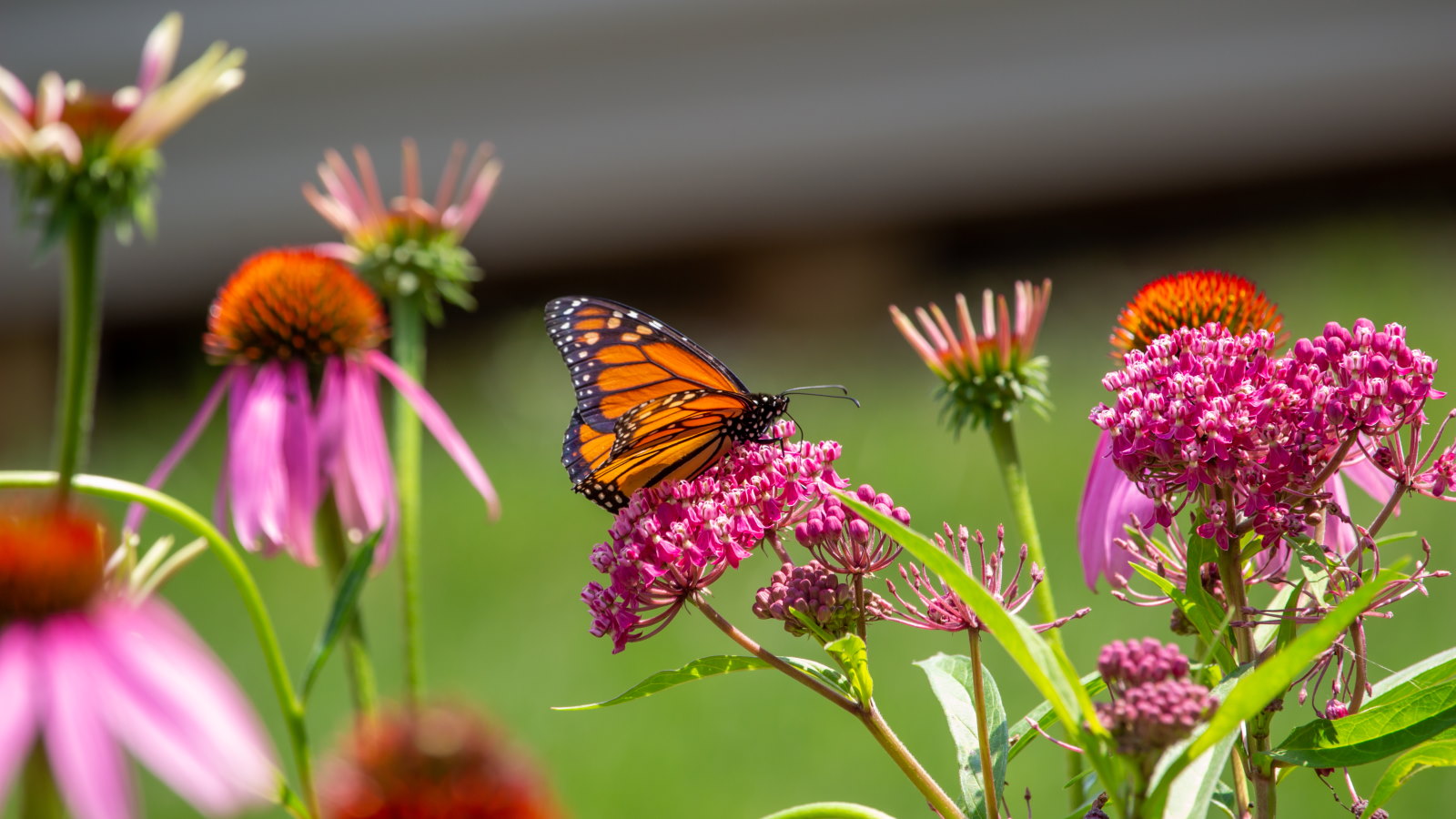
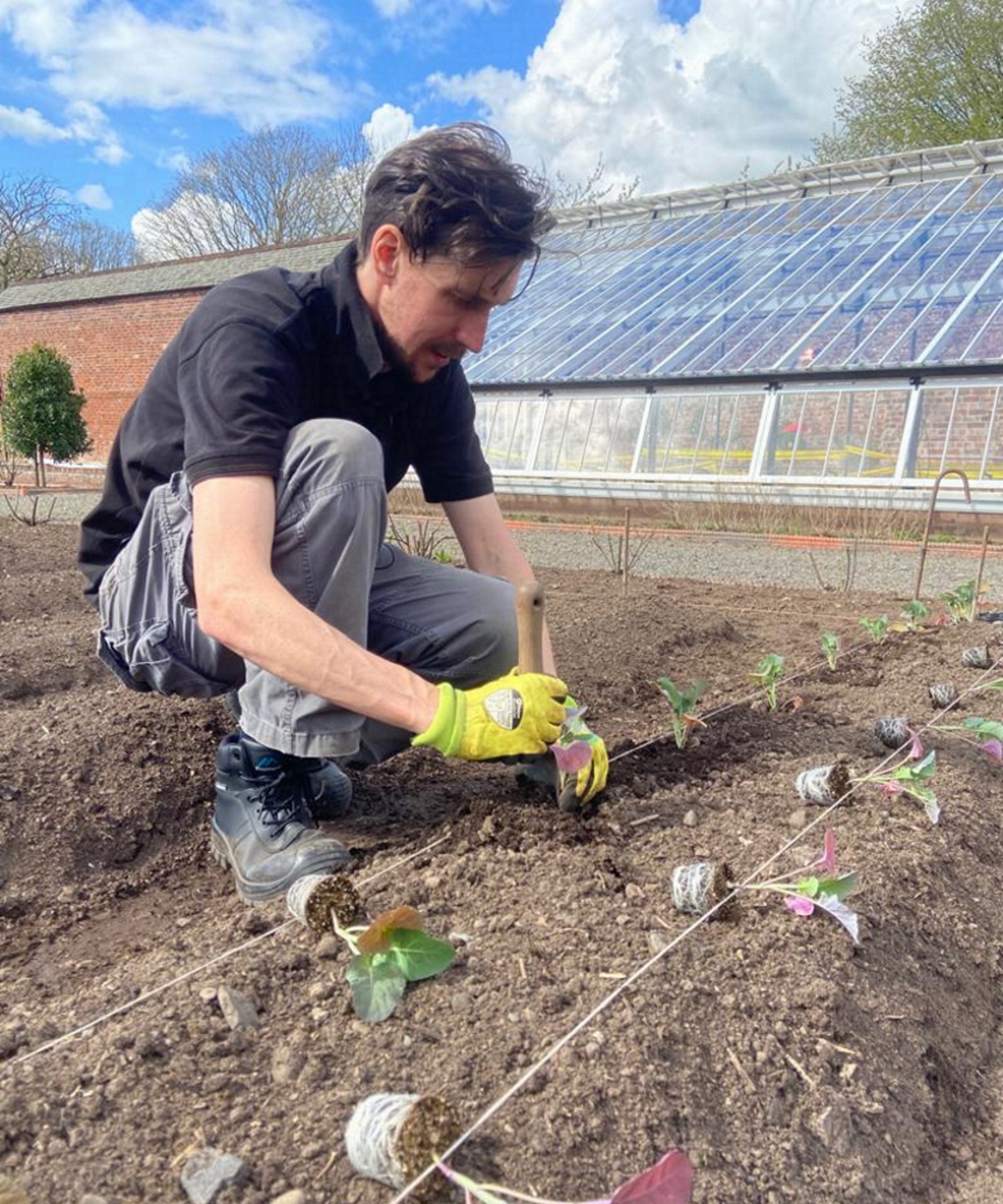
April is an excellent month to add perennial flowers to your garden for beautiful blooms that will last for years. There is a wide selection of native North American perennials that can be planted this month, not only dazzling with their flowers but also attracting pollinators and wildlife to your garden.
Native plants such as asters, goldenrod, coreopsis, phlox, and others can be planted once the ground is workable in spring, quickly establishing roots in warm, moist soil. Incorporating native plants will attract bees, butterflies, and hummingbirds, transforming your yard into a wildlife haven.
If you want to revamp your garden and attract more wildlife, we recommend some of the best perennials to plant in April that can turn those dreams into reality.
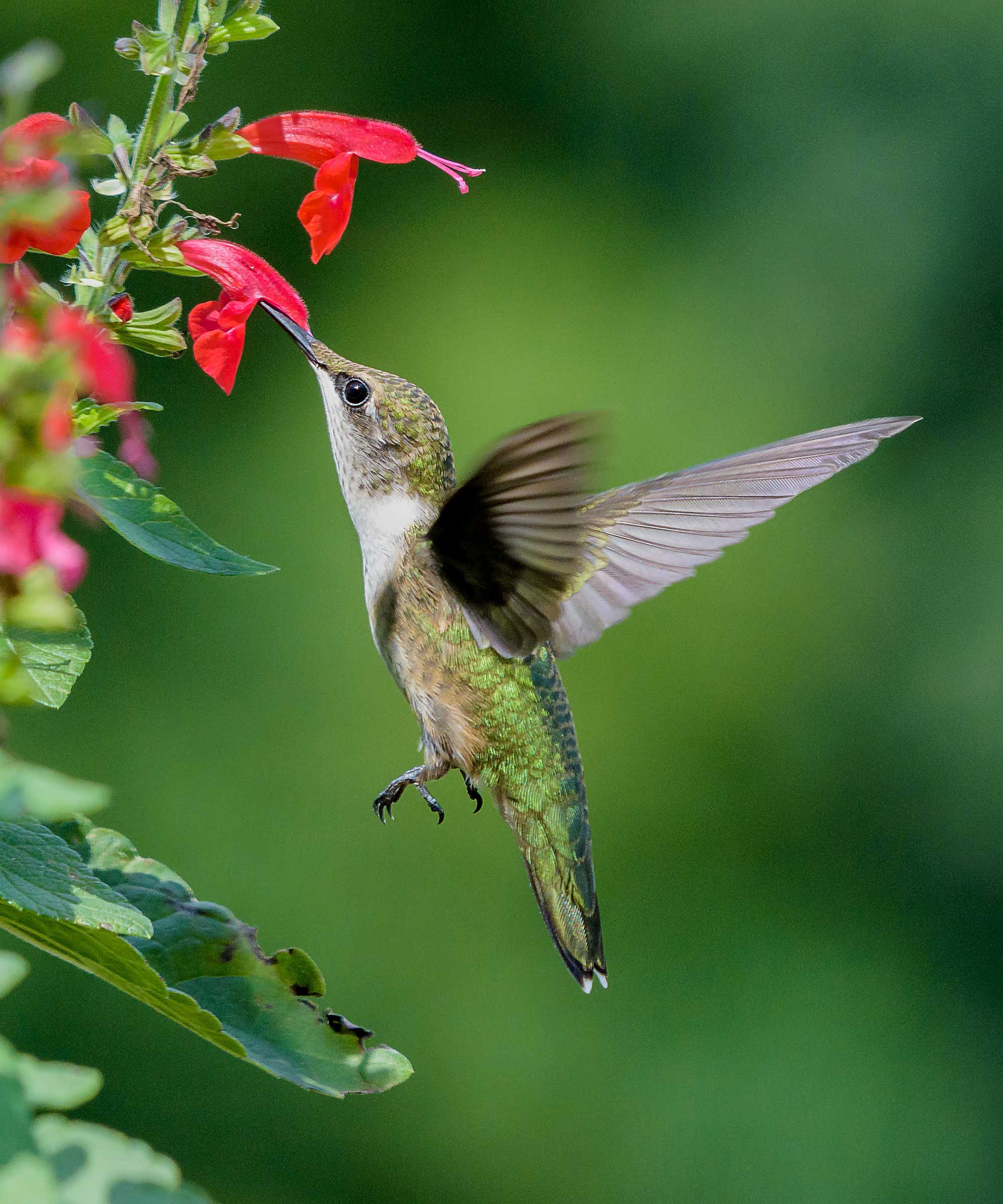
7 native perennials to plant in April
These selections of perennials to plant in April are striking and low-maintenance, perfect even for beginner gardeners. Along with details of each plant, we outline the best planting position so your perennials will thrive and put on the best display.
1. Aster
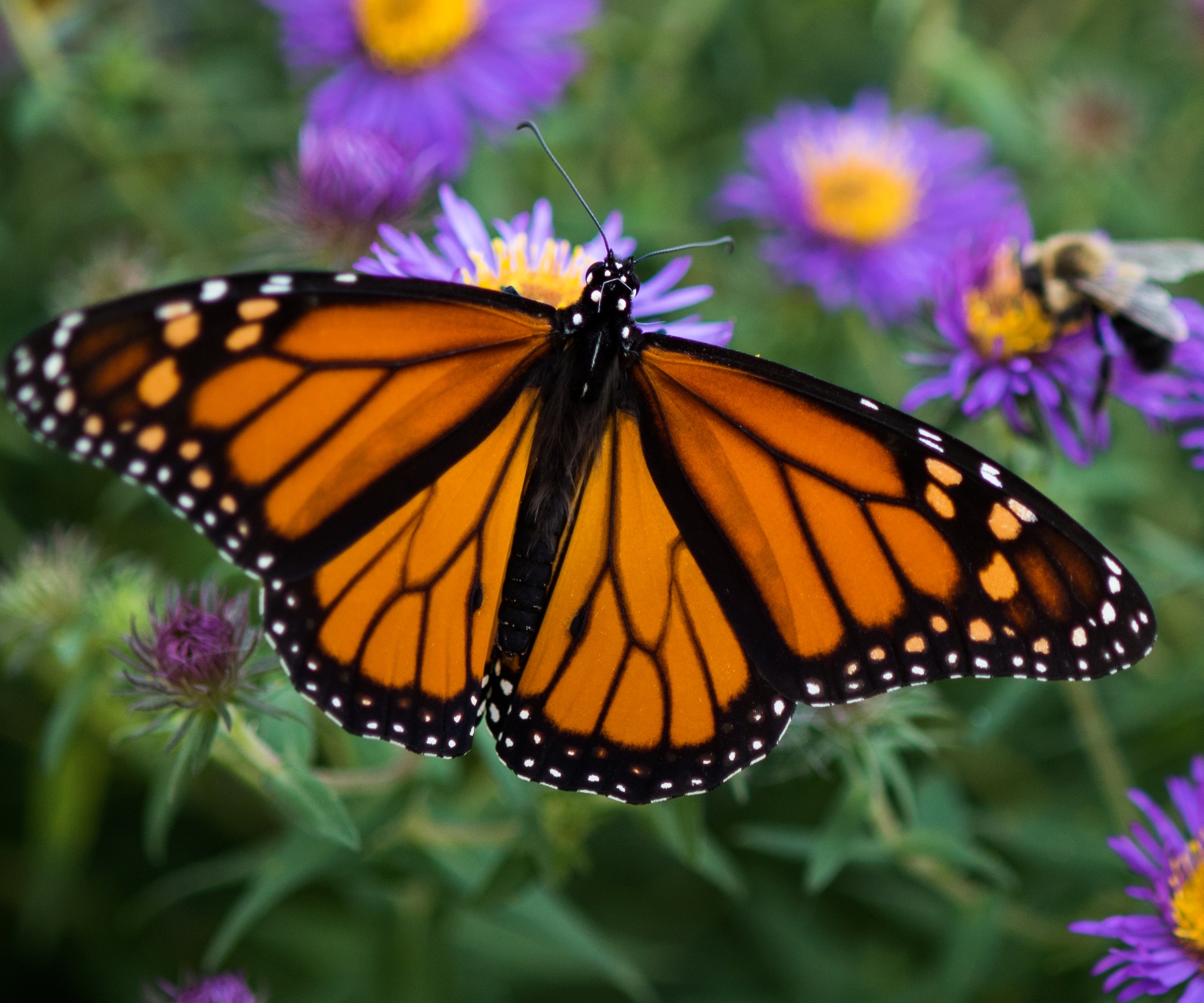
There are many native aster varieties available in garden centers, nurseries, or online, in colors ranging from white to purple. Asters are easy to grow and care for and are a great pollinator plant as they bloom from late summer into fall. As well as attracting bees and other pollinators, asters provide food for migrating monarch butterflies.
Early spring is a good time to plant asters in a sunny spot to ensure the best flowers, though some varieties can thrive in part-shade. It gives plants a good time to establish roots and flower in late summer, though the flowering display will improve from year two onwards.
A fabulous choice for a native aster is the New England Aster, available at Nature Hills. This purple-flowering variety grows to five feet and can bloom from summer right through to the frosts. It is a top plant for fall pollinators, notably monarch butterflies.
2. Bee balm
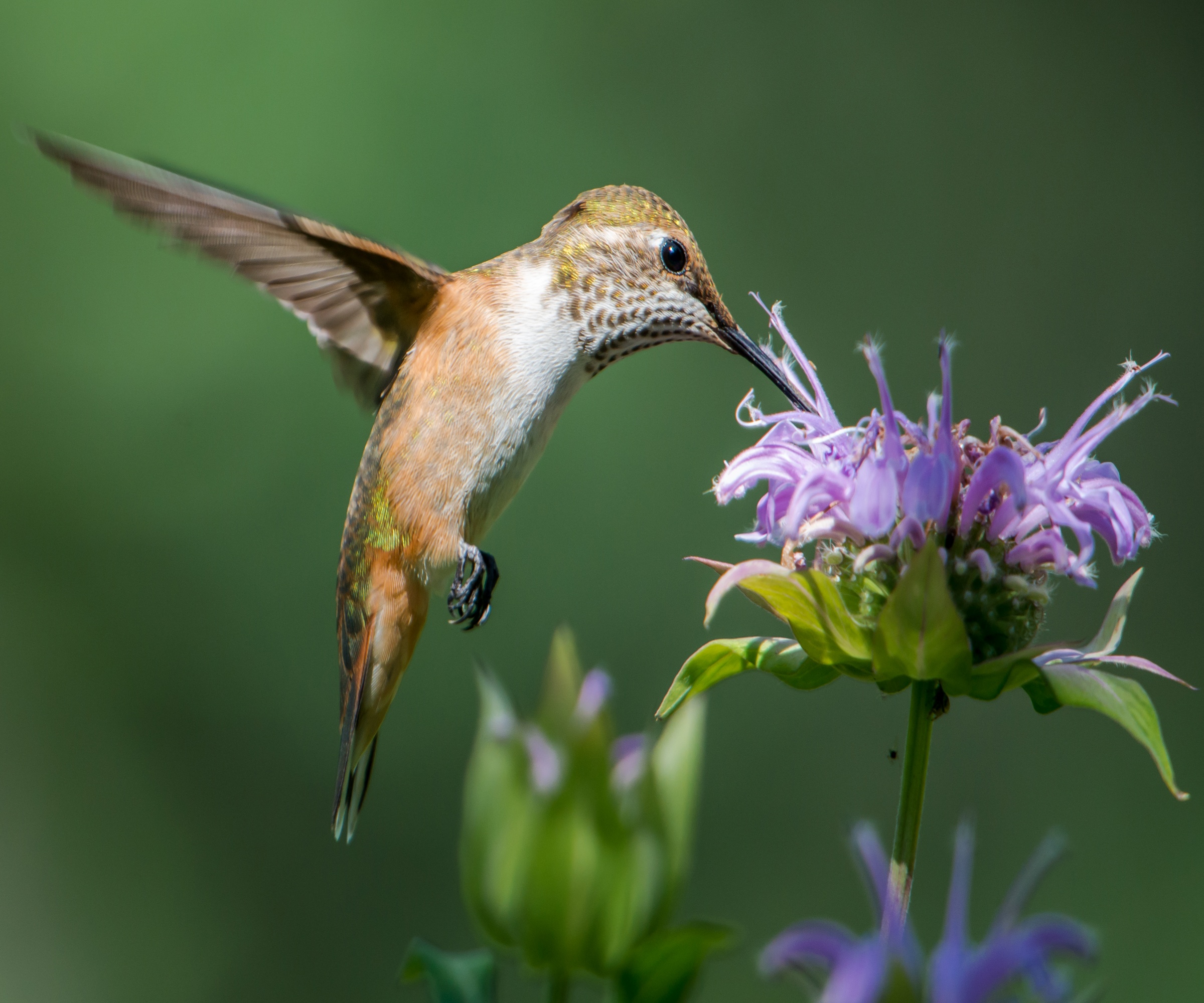
Bee balm, or monarda, is another perfect native plant for pollinators. In particular, it is one of the best perennials to attract hummingbirds, partly due to the unique shape of its tufted flowers that come in white or shades of pink and purple.
Different Monarda varieties can grow from two to five feet tall. If you want to grow bee balm, early spring is an ideal time to add it to your backyard ideas. Plant bee balm in fertile and well-draining soil, and somewhere it can get lots of sun for the best flowering display. Bee balm plants are available to purchase, or you can sow seeds until mid-spring.
There are over a dozen native bee balm species, including Monarda fistula. An eye-catching variety is Monarda fistulosa 'Humdinger’ at Burpee. This cultivar grows to four feet and is topped with striking, highly fragrant, purple blooms.
3. Cardinal flower
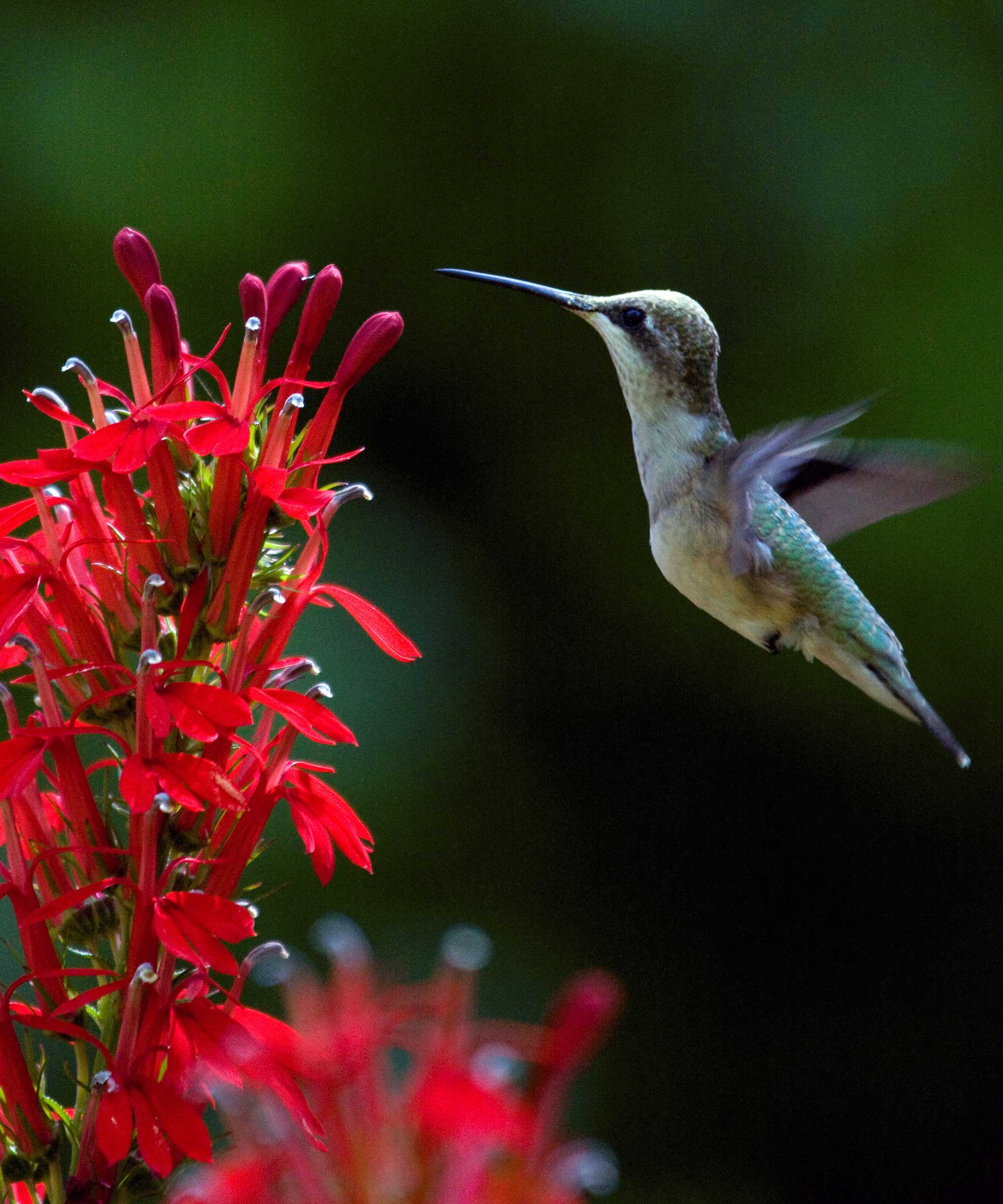
Cardinal flowers are astounding perennials thanks to their tall, straight stems topped with nectar-filled red flowers. The blooms are a beacon for pollinators, including bees, butterflies, and hummingbirds, and cardinal flowers are especially good if you want a shade plant that attracts hummingbirds.
Cardinal flowers grow to 2-4 feet, however, they do have specific planting needs. This native perennial needs a consistently moist planting position. In their native habitat, that often means the banks of streams or rivers. But, in a backyard, a rain garden or wetter corner of a bed can create the conditions for cardinal flowers to thrive.
Cardinal flowers are short-lived perennials but are renowned as self-seeding flowers, so they will naturally spread and reappear year after year. You can get cardinal flower seeds and plants from nurseries or garden centers, such as this Cardinal Flower Plant at Nature Hills, suitable for planting in US hardiness zones 3 to 9.
4. Coreopsis
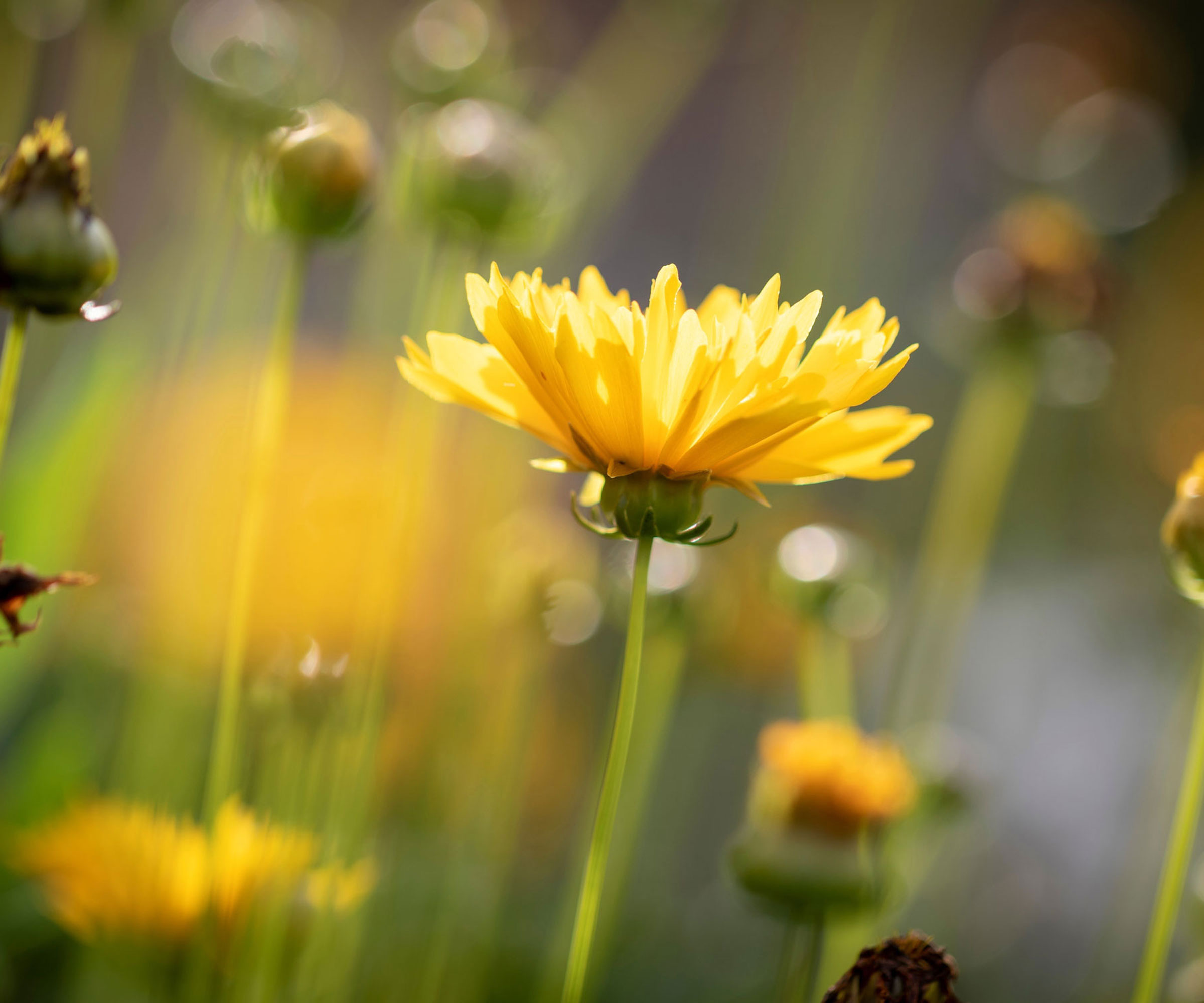
Coreopsis, or Tickseed, is Florida’s state wildflower and an easy native plant to grow in flower beds or borders.
Coreopsis is one of the longest-flowering perennials. Its small, daisy-like flowers, which can come in yellow, orange, pink, and more, will bloom from early summer to the first frosts.
These perennials are drought-tolerant plants that will benefit from deadheading to prolong the flowering period and need cutting back in late winter or early spring. Coreopsis grows best in full sun and works well as a low plant at the front of borders.
This Lanceleaf Coreopsis at Nature Hills grows to only 24 inches tall. It can be planted as a groundcover, and its bright yellow blooms make a spectacular impact paired with other perennials.
5. Goldenrod
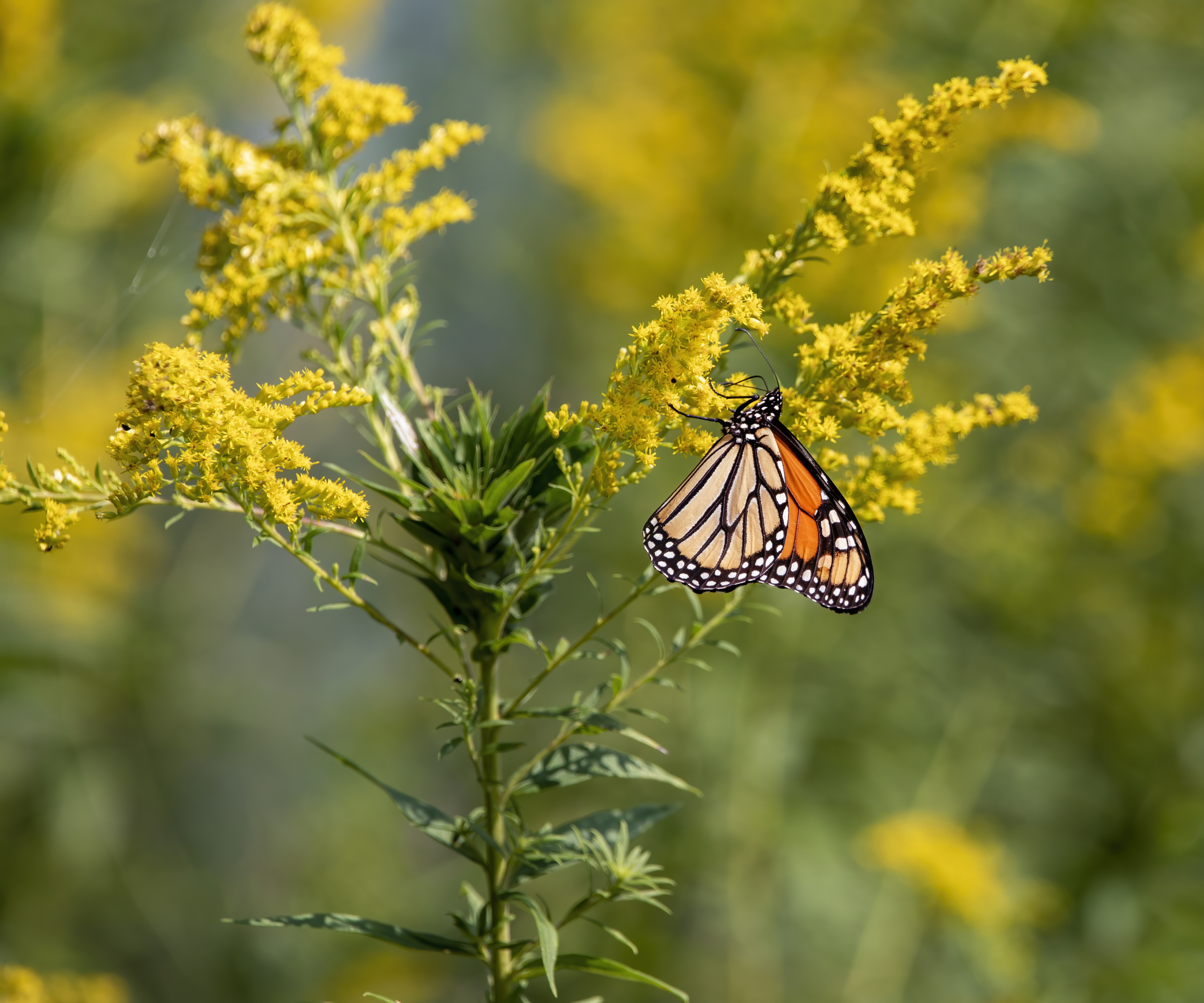
Goldenrod is a showy perennial that attracts pollinators to its golden flowers on the end of tall stems in fall. There are many different native species of goldenrod suitable for growing in US hardiness zones 7-9. Plants can range from two to six feet, depending on the variety, and all prefer growing in full sun.
Early spring is a popular time to plant this tall perennial flower. The easy-to-grow native plant is suitable for garden meadows or the backs of borders, where it will attract bees and beneficial insects to its arches of dramatic blooms.
The species ‘Showy Goldenrod’ - available at Nature Hills - can grow up to three feet and is a low-maintenance, show-stopping option for any garden.
6. Phlox
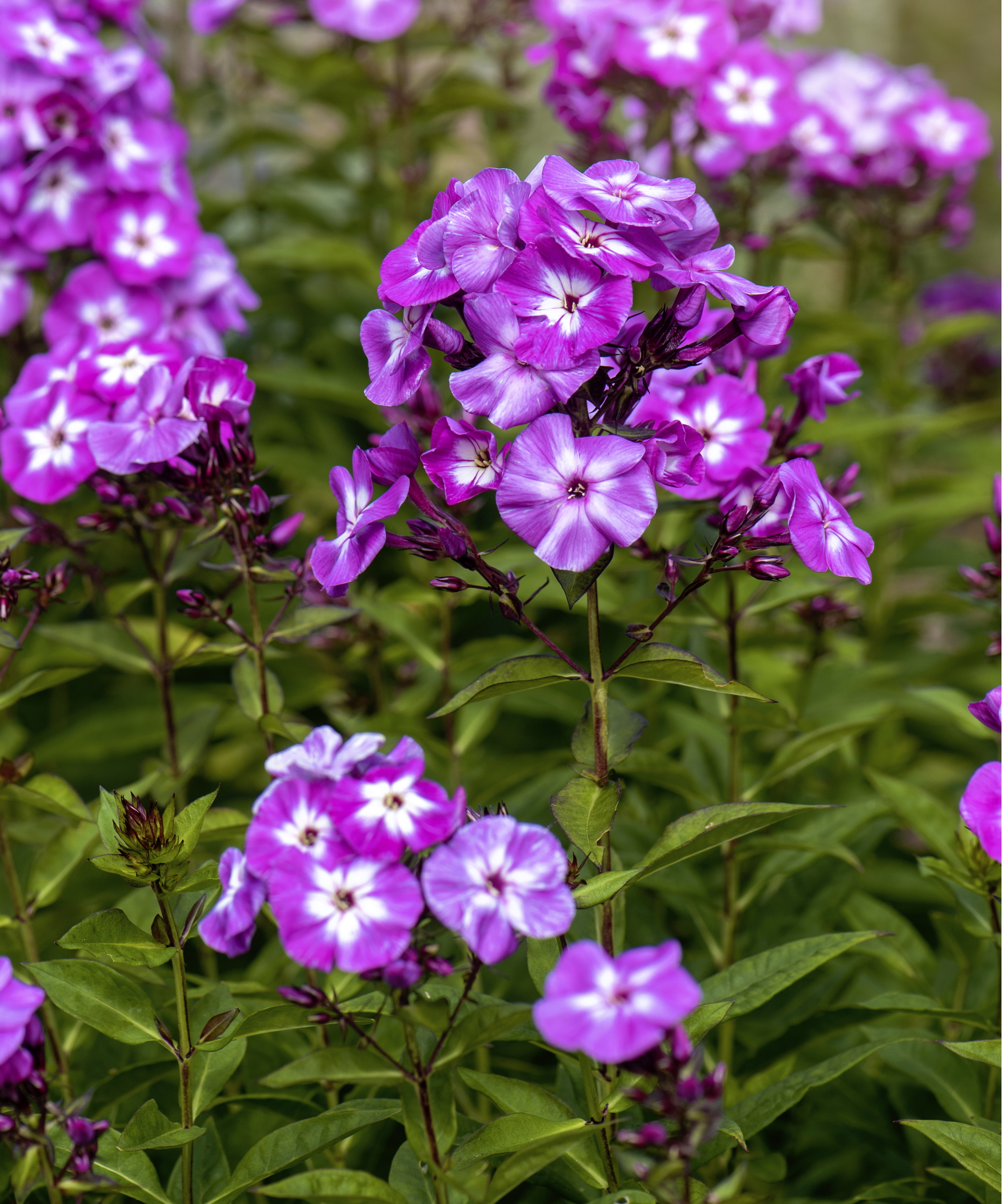
If you want to grow phlox, there are lots of choices available. From tall border phloxes to low creeping varieties, there is a type of phlox for any garden, given the range of heights, forms, and colors to choose from.
Early spring, after the frosts, is the best time to plant phlox as the soil warms and is consistently moist. All phlox prefer well-draining soil types, as plants will struggle if they sit too wet. Where they differ is light levels, as border phloxes want full sun, while creeping and woodland varieties prefer part shade.
Summer border phlox is the taller variety and will attract lots of pollinators. Phlox ‘Uptown Girl’ from Burpee is a particularly eye-catching variety with blooms in knockout shades of pink that will grab anyone’s attention in borders.
7. Red columbine
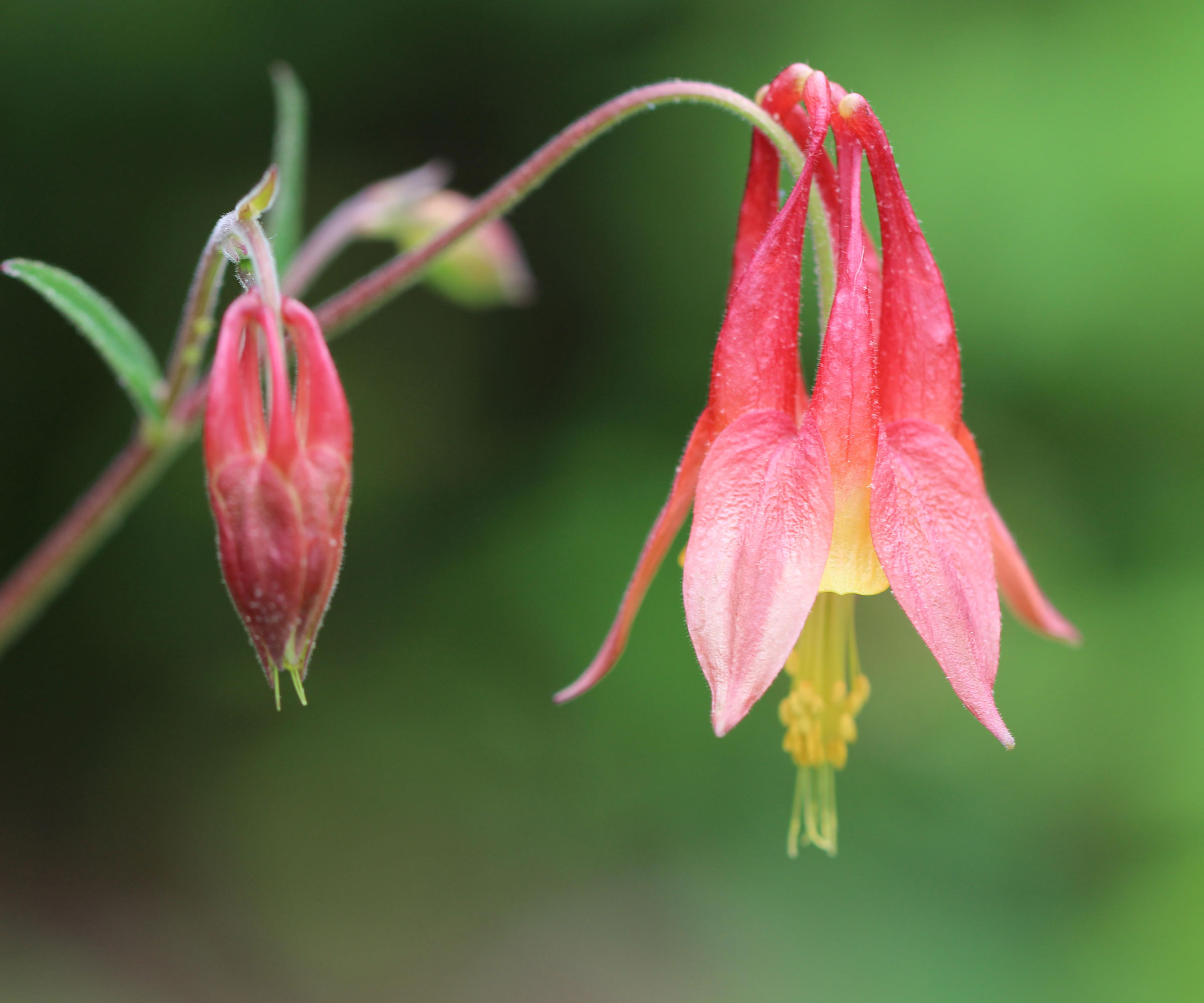
Red columbine is a native spring flower that attracts hummingbirds to its bell-shaped hanging flowers, which have red petals and a yellow interior. They provide a vital food source during hummingbird migration, as their unique flower shape is perfect for little beaks.
The spring-flowering plants are short and best planted in part-shade or dappled shade. Red columbine is ideal for cottage gardens, shade gardens or woodland borders in US hardiness zones 3-8. The low-maintenance plant will self-seed and spread over time in the right conditions.
See the range of red columbine plants and seeds at Amazon
See the range of red columbine plants and seeds at Walmart
If you want to supplement all these new flower blooms with some added drama in your borders, adding grasses brings texture and movement to a space. Our guide to the best native grasses showcases a wide selection of plants suitable for different locations and hardiness zones.
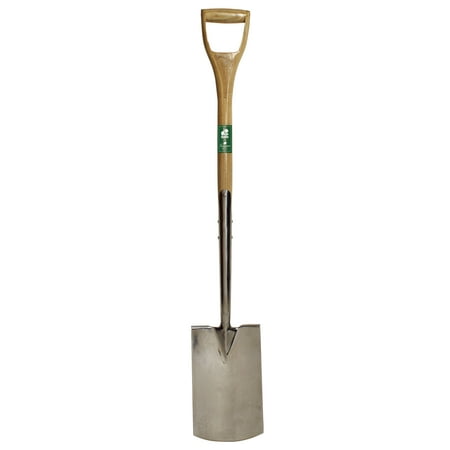
A high-quality digging spade with a stainless steel head and ash wood handle. Ideal for a wide range of gardening jobs, including planting perennials, shrubs, and trees.
Sign up to the Homes & Gardens newsletter
Design expertise in your inbox – from inspiring decorating ideas and beautiful celebrity homes to practical gardening advice and shopping round-ups.

Drew’s passion for gardening started with growing vegetables and salad in raised beds in a small urban terrace garden. He has worked as a professional gardener in historic gardens and specialises in growing vegetables, fruit, herbs, and cut flowers as a kitchen gardener. That passion for growing extends to being an allotmenteer, garden blogger, and producing how-to gardening guides for websites. Drew was shortlisted for the New Talent of the Year award at the 2023 Garden Media Guild Awards.
You must confirm your public display name before commenting
Please logout and then login again, you will then be prompted to enter your display name.
-
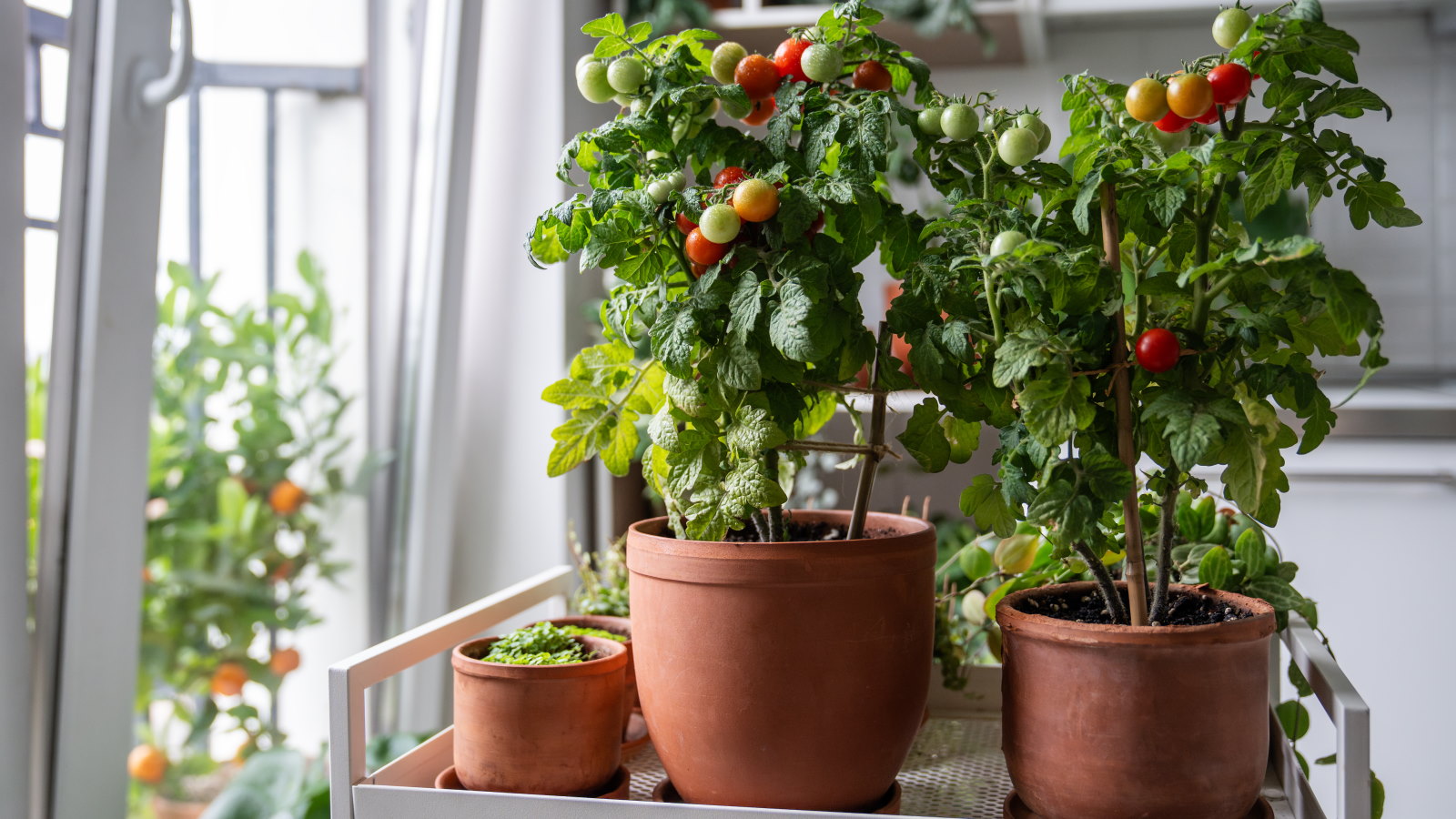 7 of the best tomatoes for growing in pots - expert growers pick their top varieties ideal for large harvests from containers
7 of the best tomatoes for growing in pots - expert growers pick their top varieties ideal for large harvests from containersYou can enjoy bumper homegrown harvests in small spaces
By Drew Swainston Published
-
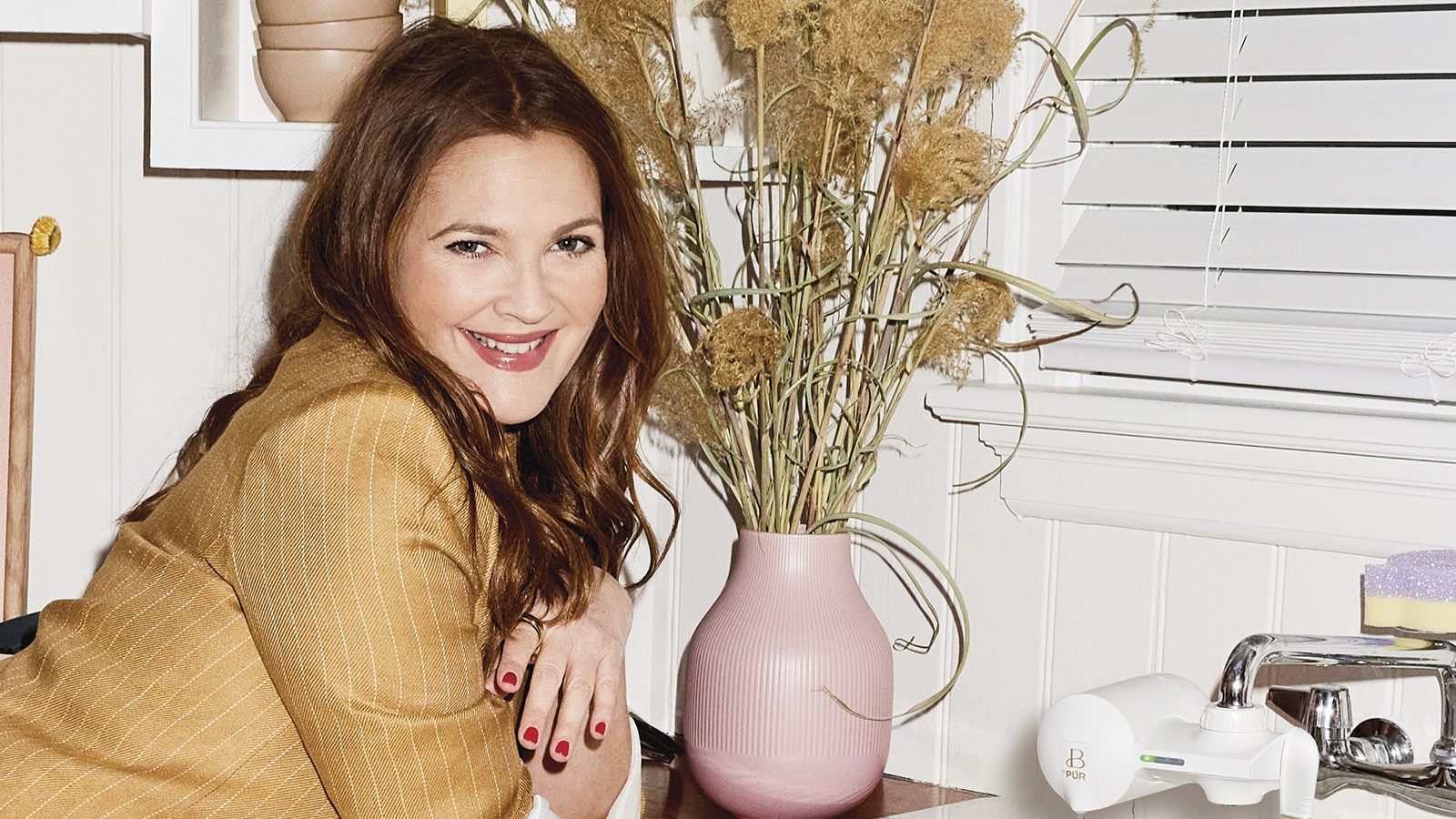 Drew Barrymore creates a 'balanced' kitchen in 4 easy steps – her rules will make your small, compact countertops feel beautiful
Drew Barrymore creates a 'balanced' kitchen in 4 easy steps – her rules will make your small, compact countertops feel beautifulDrew proves that with the right styling (and chic appliances), you can make even the smallest of kitchens look harmonious
By Hannah Ziegler Published
-
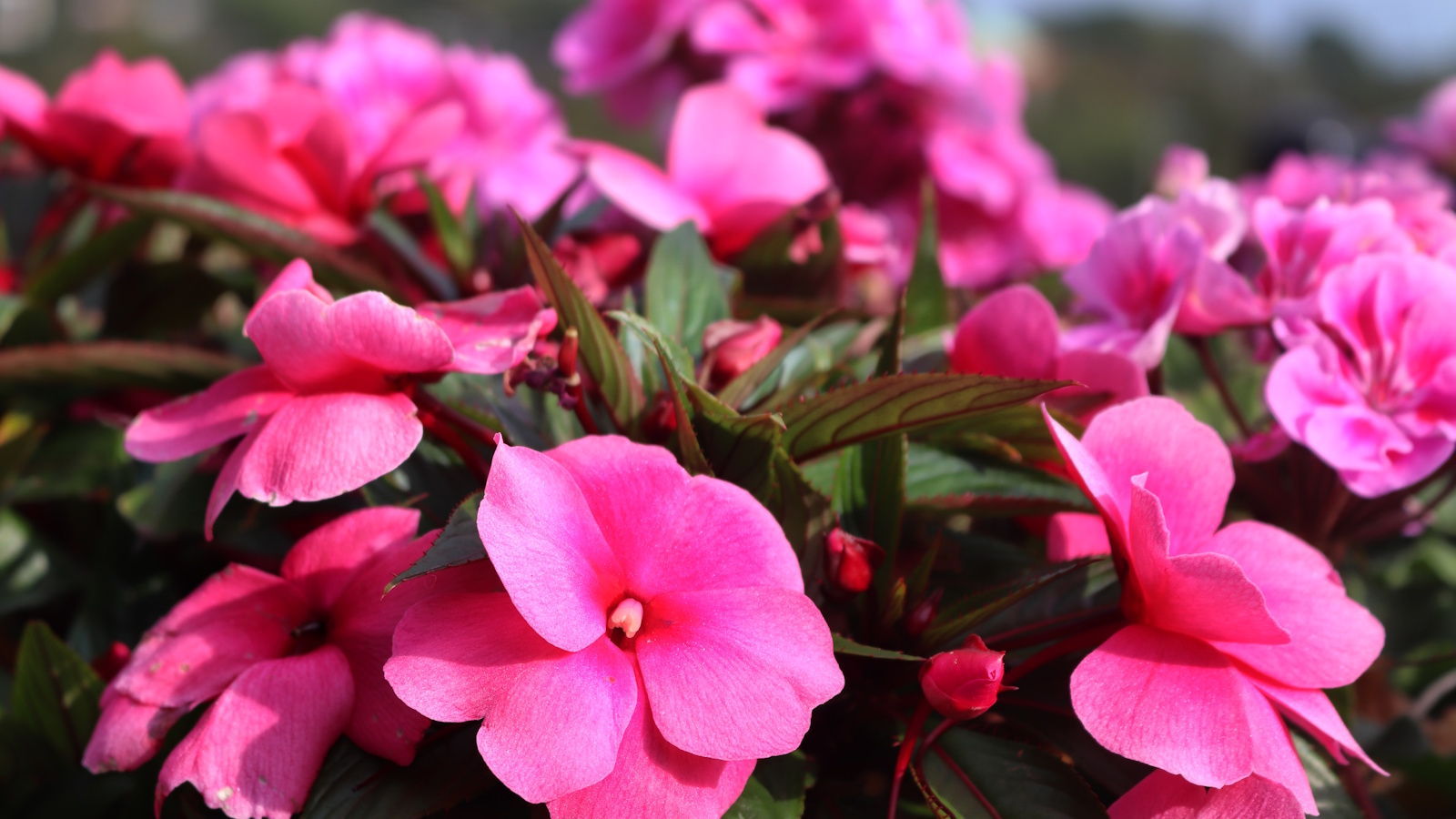 How to grow impatiens – garden experts reveal the secrets to growing this shade-tolerant, sparkling summer plant
How to grow impatiens – garden experts reveal the secrets to growing this shade-tolerant, sparkling summer plantBoth 'Busy Lizzie' and 'New Guinea' impatiens can thrive in shady yards
By Ellen Wells Published
-
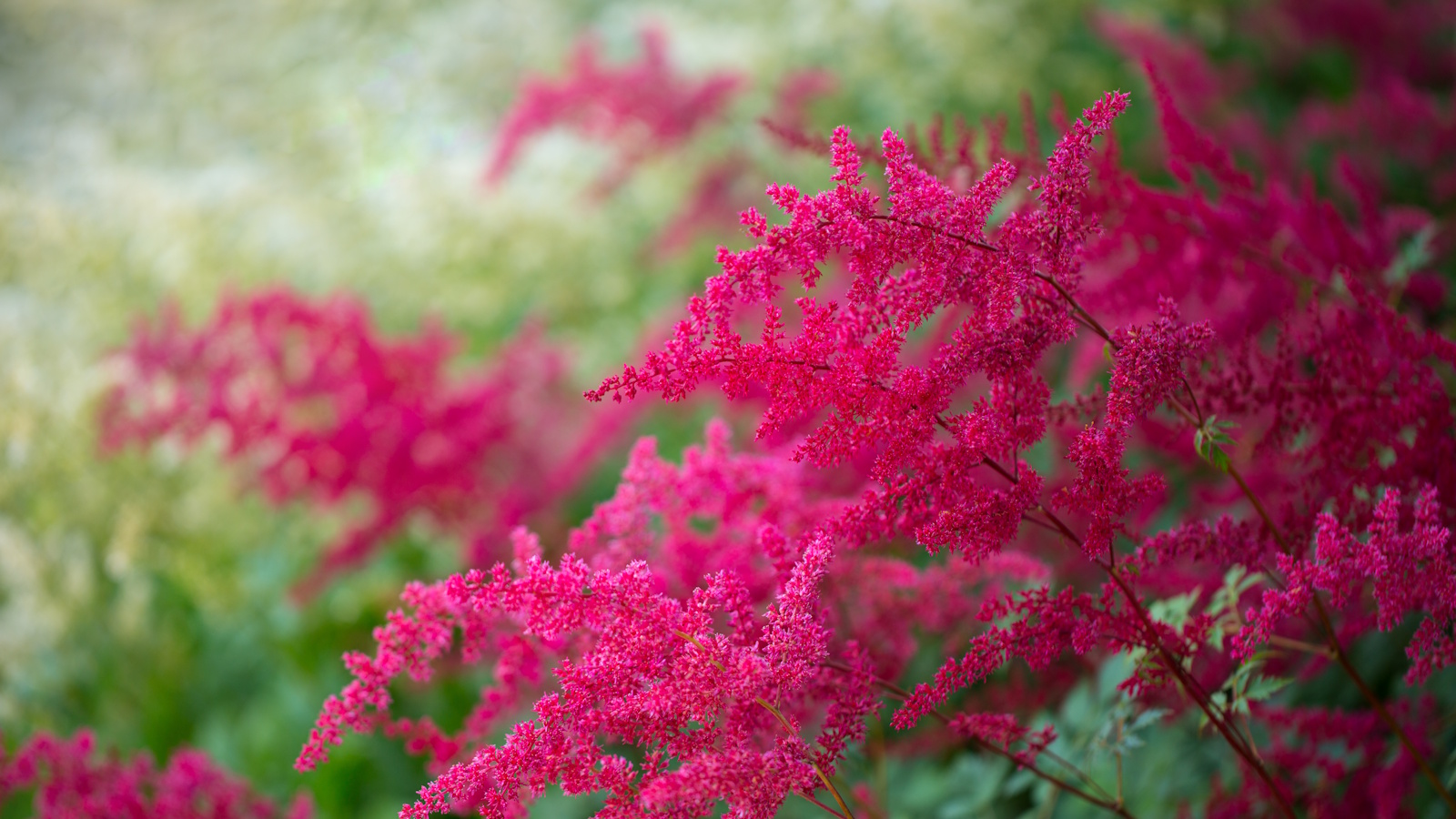 How to grow astilbe – expert advice on cultivating this shade-tolerant flowering perennial
How to grow astilbe – expert advice on cultivating this shade-tolerant flowering perennialShade-tolerant and pest-resistant - astilbe are hardy and tough perennials that can thrive in many settings
By Ellen Wells Published
-
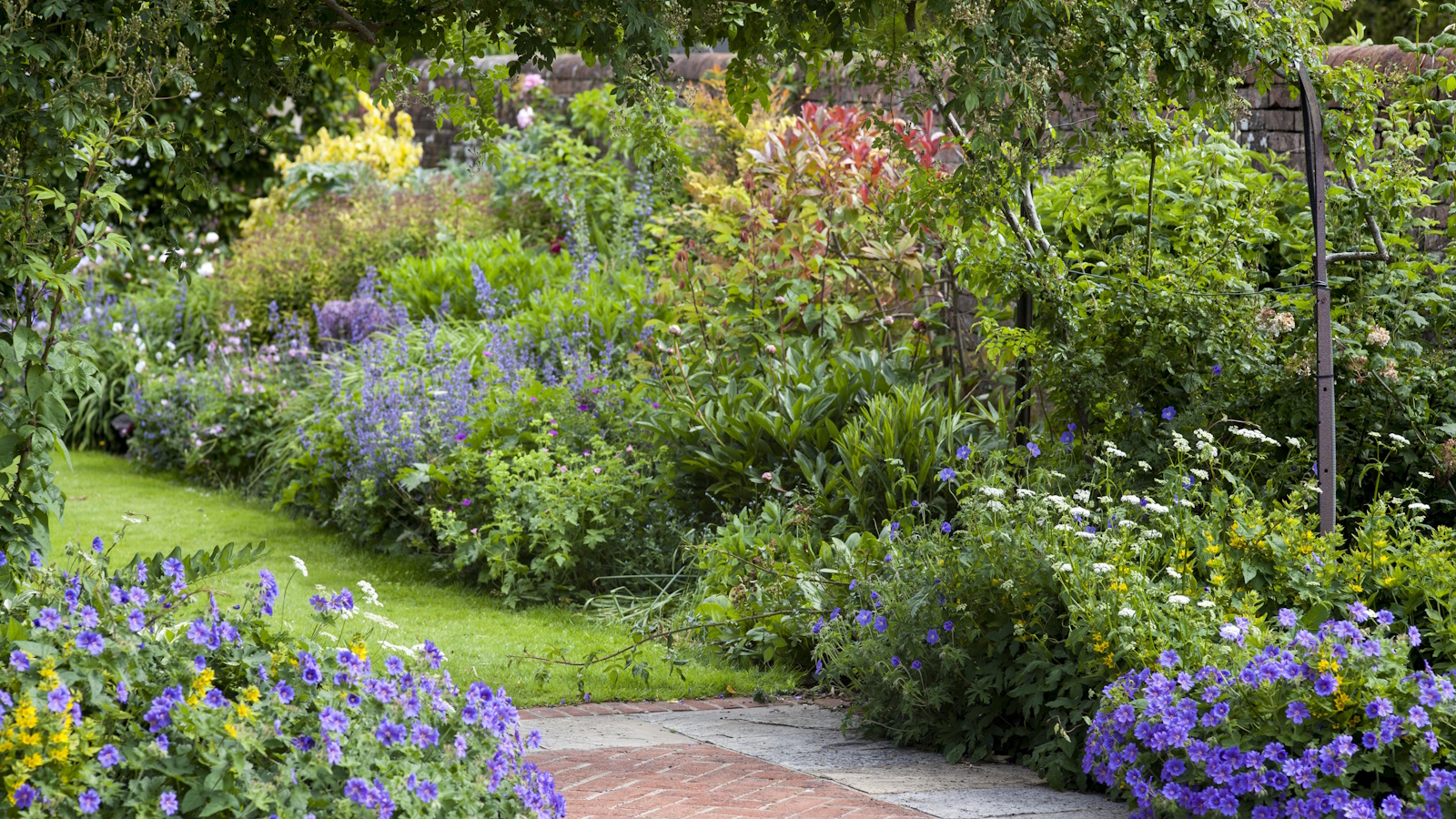 Is the viral salt hack the secret to a weed-free patio? A garden expert warns of irreparable, long-term damage – plus reveals the safest way to get results
Is the viral salt hack the secret to a weed-free patio? A garden expert warns of irreparable, long-term damage – plus reveals the safest way to get resultsYou might have seen gardeners on TikTok or Instagram using salt to kill weeds in pavers, but this hack should be avoided at all costs
By Thomas Rutter Published
-
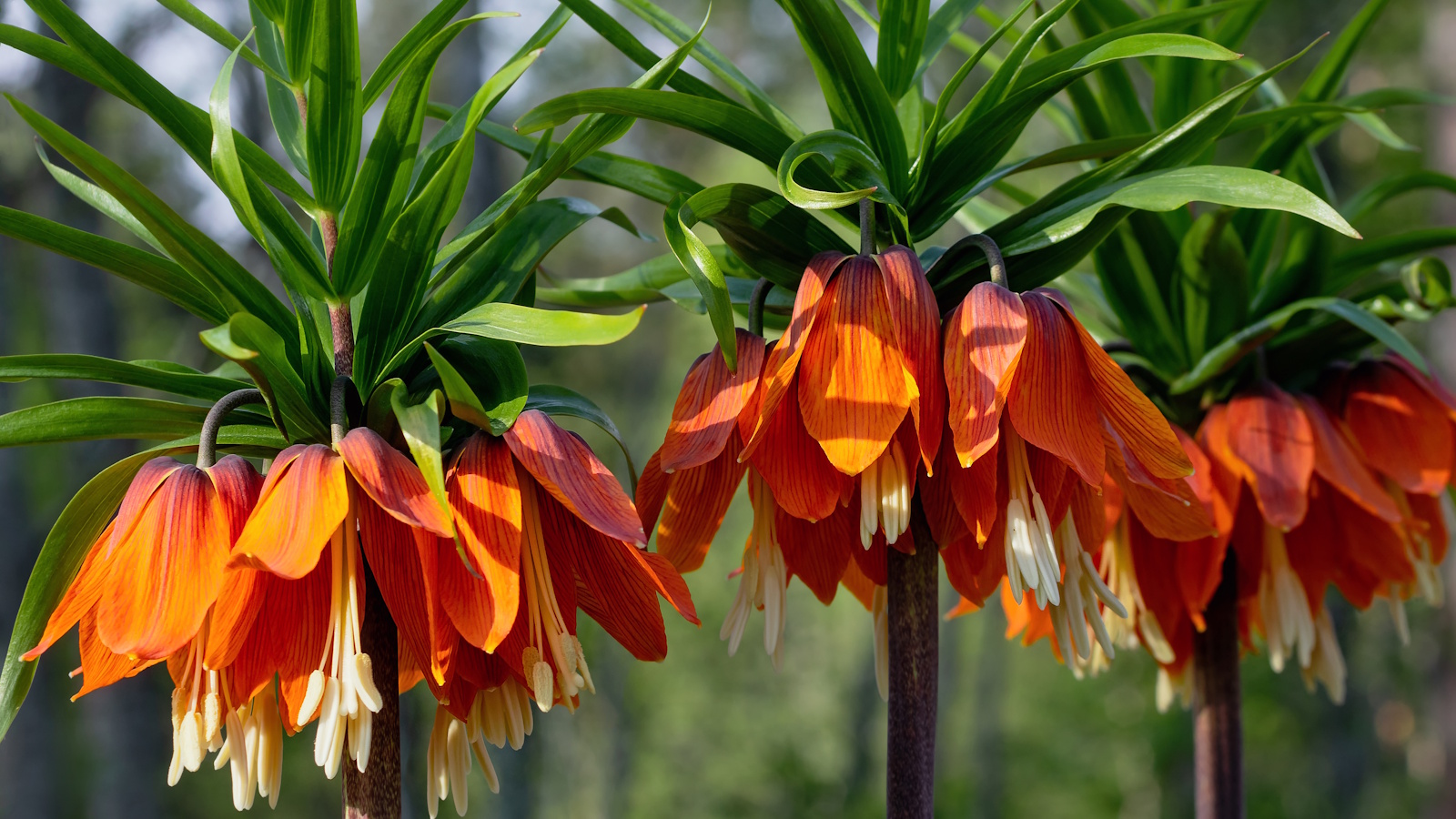 Worst-smelling plants to avoid – experts reveal 5 pungent species and suggest perfumed options to grow instead
Worst-smelling plants to avoid – experts reveal 5 pungent species and suggest perfumed options to grow insteadThese are some of the worst-smelling plants that can cause quite a stink
By Thomas Rutter Published
-
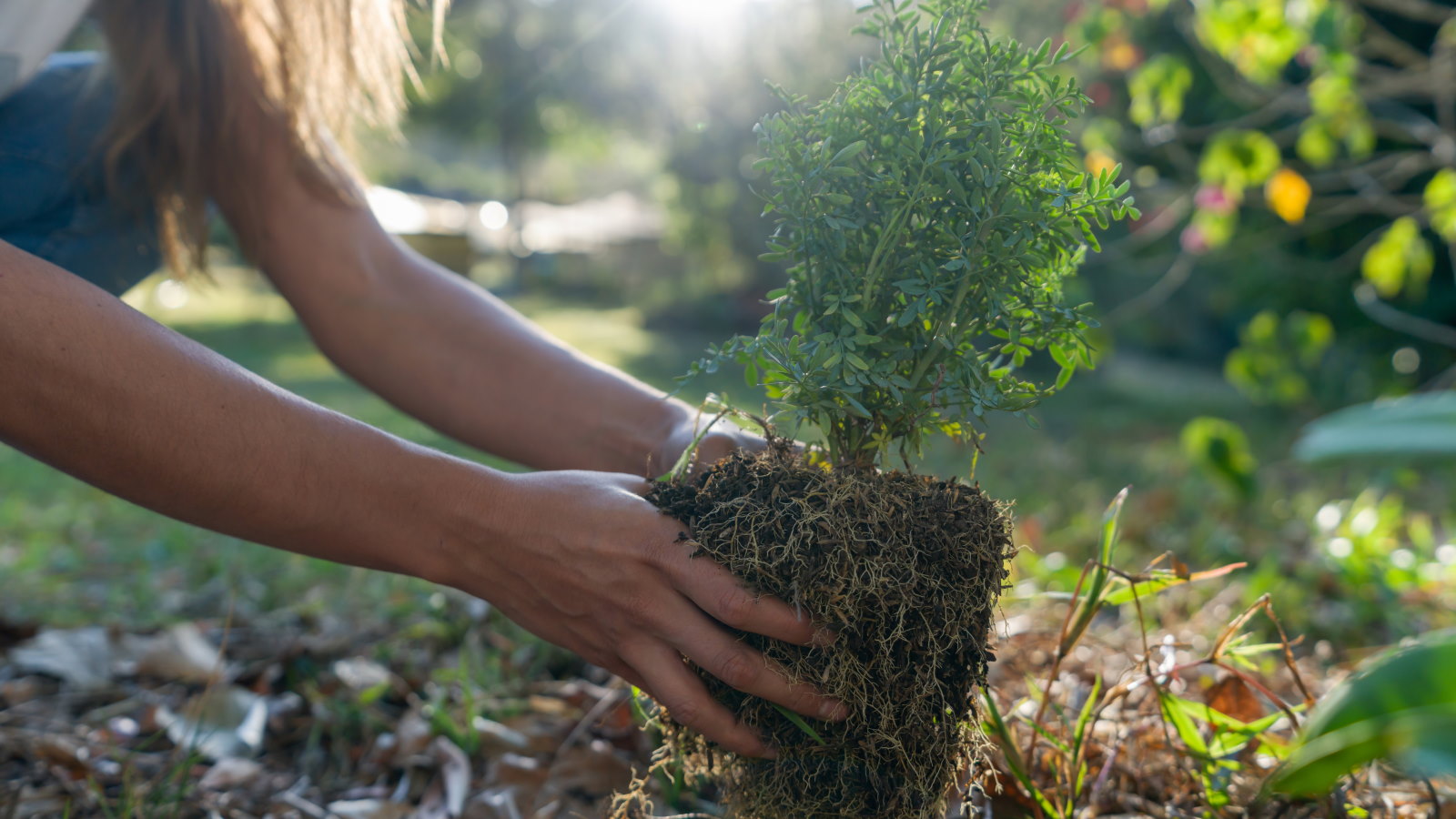 7 shrubs to plant in April to transform beds and borders – including native plants and bushes suitable for dry or wet spots
7 shrubs to plant in April to transform beds and borders – including native plants and bushes suitable for dry or wet spotsThese shrubs can bring flowers, texture, and fragrance, as well as attracting beneficial insects and birds
By Drew Swainston Published
-
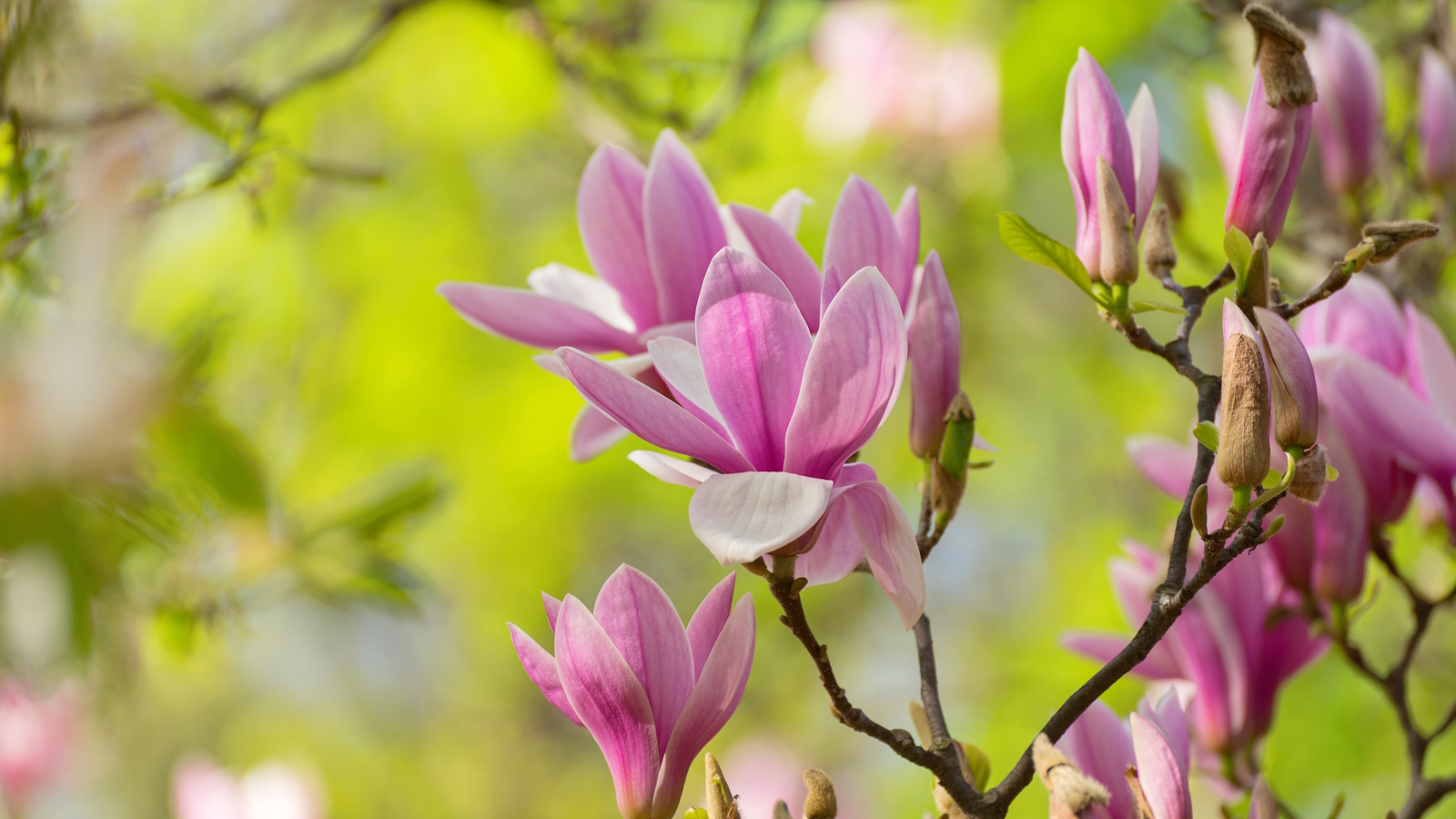 How to fertilize magnolias – garden experts reveal the secrets to better blooming, and timing is critical
How to fertilize magnolias – garden experts reveal the secrets to better blooming, and timing is criticalMagnolias are famed for their spring flowers, and feeding at the right time can give trees a boost
By Thomas Rutter Published
-
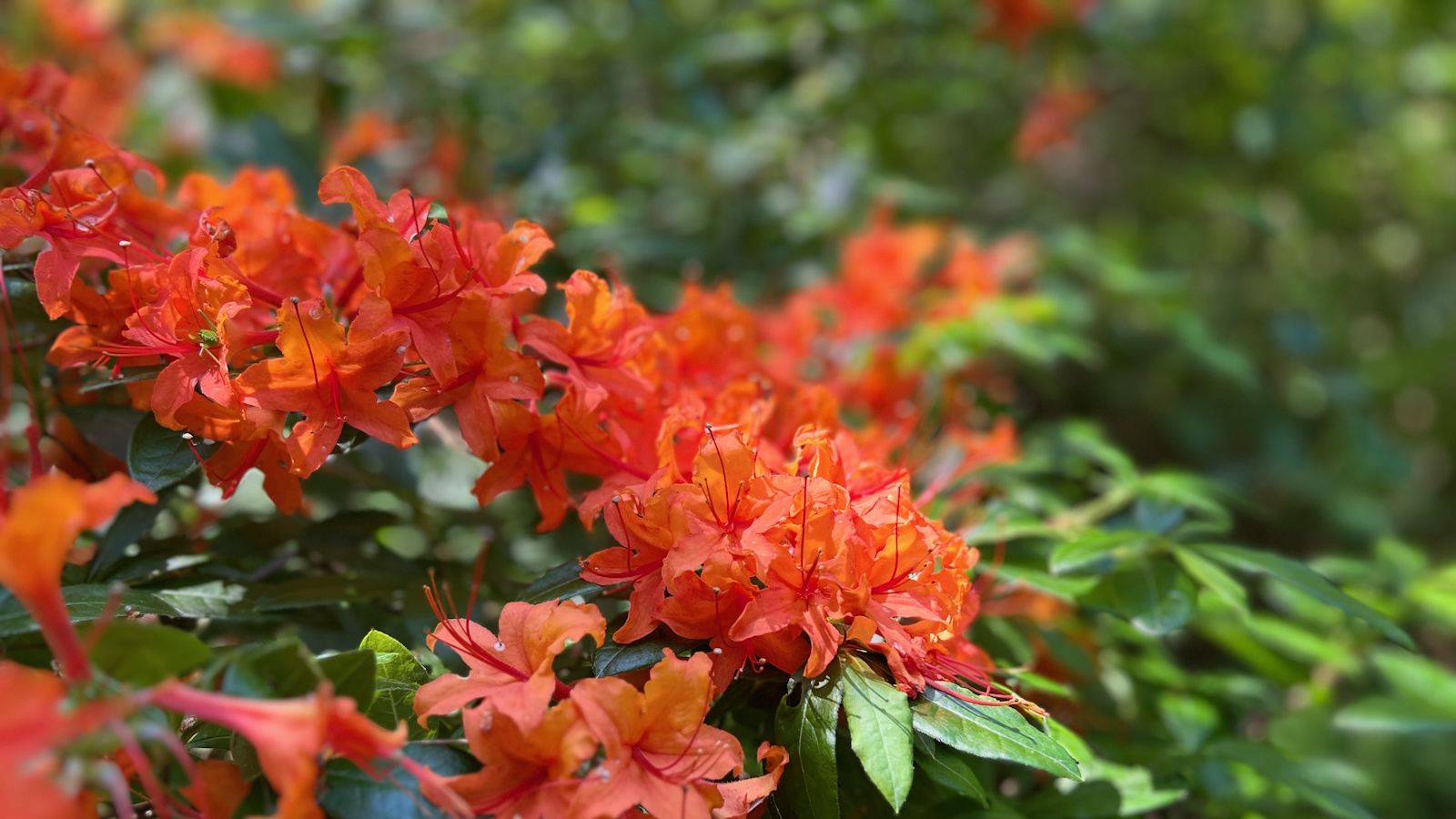 How to revive old rhododendron plants – pruning advice from a professional gardener to save your struggling shrubs
How to revive old rhododendron plants – pruning advice from a professional gardener to save your struggling shrubsWith the right pruning approach, you can rejuvenate old and woody rhododendrons
By Thomas Rutter Published
-
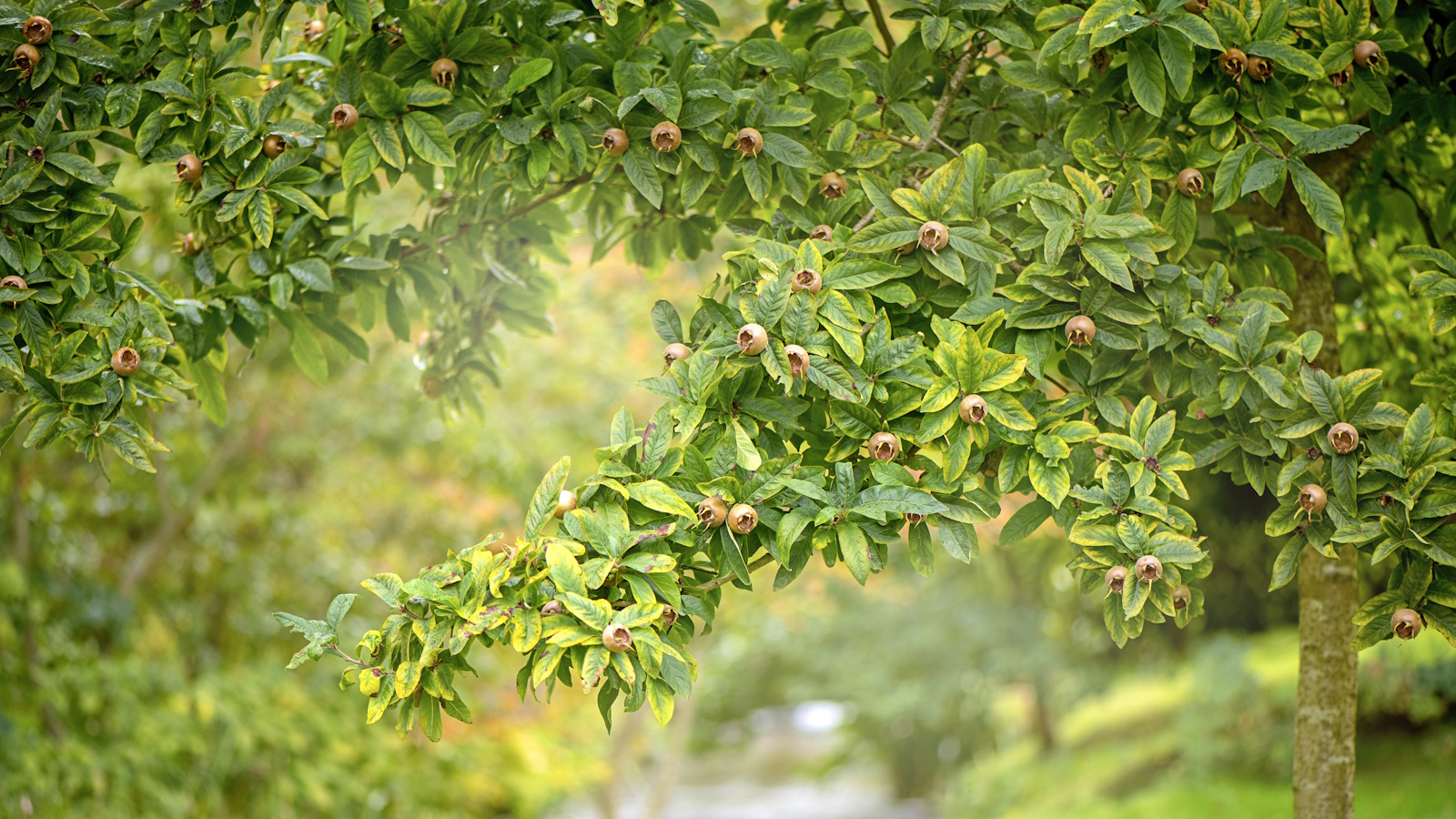 How to grow medlar trees – to enjoy a harvest of unusual fruits from this forgotten heritage species
How to grow medlar trees – to enjoy a harvest of unusual fruits from this forgotten heritage speciesMedlar fruits were once a popular delicacy, yet today, they are a rare find
By Thomas Rutter Published
